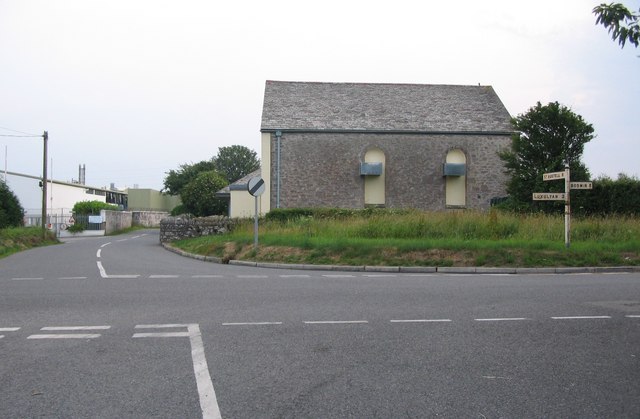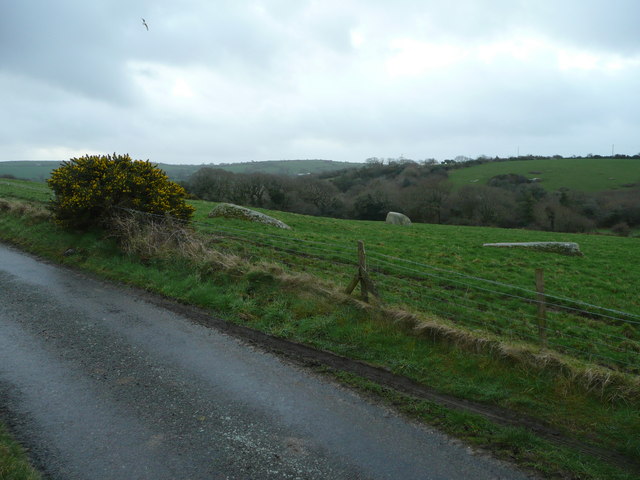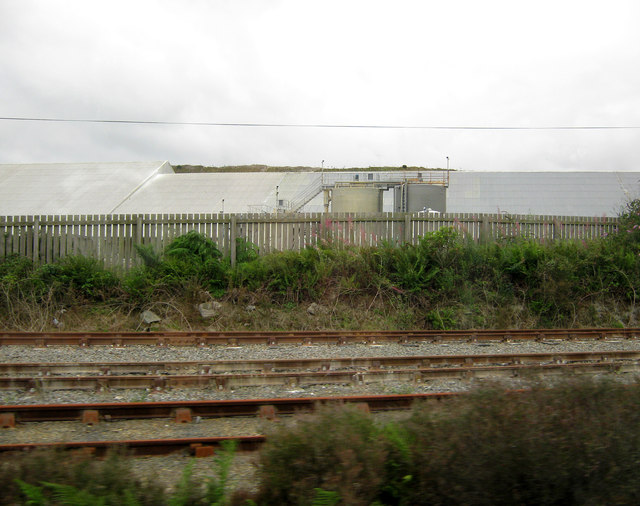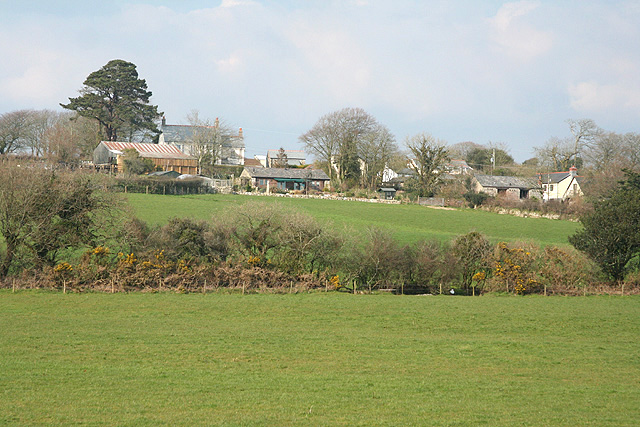Bodiggo
Settlement in Cornwall
England
Bodiggo

Bodiggo is a small village located in the county of Cornwall, in southwestern England. Situated in the civil parish of St. Gennys, Bodiggo is nestled in a picturesque countryside setting, surrounded by rolling hills and farmland. The village is approximately 1 mile northeast of the coastal town of Crackington Haven and about 6 miles south of Bude.
Bodiggo is known for its tranquil and idyllic atmosphere, making it a popular destination for those seeking a peaceful retreat. The village features a charming collection of traditional Cornish cottages, many of which are constructed from the local stone, adding to its rustic appeal. The surrounding landscape offers stunning views, with the nearby cliffs overlooking the rugged coastline.
Although small in size, Bodiggo offers a range of amenities and services to cater to both residents and visitors. There is a local pub, The Bodiggo Arms, which serves as a social hub for the village, offering a selection of drinks and traditional pub food. Additionally, there are a few guesthouses and bed and breakfast accommodations available for those looking to stay in the area.
The village is also conveniently located for outdoor enthusiasts, with the South West Coast Path passing nearby, offering breathtaking walks along the coastline. Other nearby attractions include Crackington Haven beach, popular for surfing and swimming, as well as the picturesque village of Boscastle, known for its historic harbor and quaint shops.
In summary, Bodiggo is a charming village in Cornwall, offering a peaceful and scenic retreat for those looking to explore the beauty of the surrounding countryside and coastline.
If you have any feedback on the listing, please let us know in the comments section below.
Bodiggo Images
Images are sourced within 2km of 50.395869/-4.753092 or Grid Reference SX0458. Thanks to Geograph Open Source API. All images are credited.


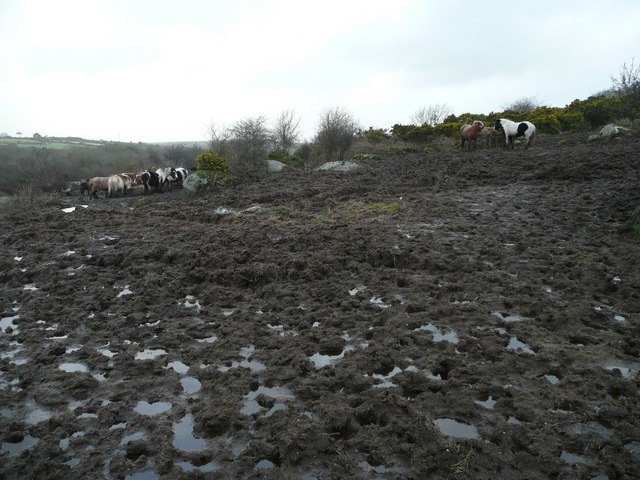



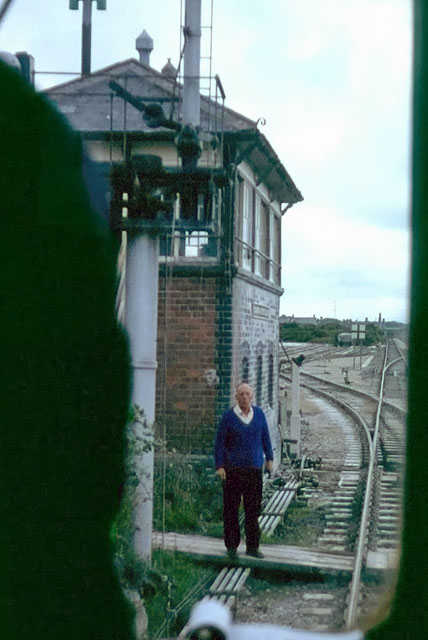
Bodiggo is located at Grid Ref: SX0458 (Lat: 50.395869, Lng: -4.753092)
Unitary Authority: Cornwall
Police Authority: Devon and Cornwall
What 3 Words
///rules.today.tonight. Near Bugle, Cornwall
Related Wikis
Bodiggo
Bodiggo is a hamlet in Cornwall, England, United Kingdom. It is situated half-a-mile north of Luxulyan (where the 2011 Census population is included),...
Luxulyan railway station
Luxulyan railway station (Cornish: Logsulyan) serves the civil parish and village of Luxulyan in mid-Cornwall, England. The station is situated on the...
Lower Menadue
Lower Menadue (Cornish: Menedh Du, meaning black hill) is a hamlet in the parish of Luxulyan, Cornwall, England, UK. Lower Menadue is situated 4 miles...
Bridges, Cornwall
Bridges is a hamlet in mid Cornwall, England, UK, close to Luxulyan on the edge of the St Austell china clay district. == References ==
Nearby Amenities
Located within 500m of 50.395869,-4.753092Have you been to Bodiggo?
Leave your review of Bodiggo below (or comments, questions and feedback).


